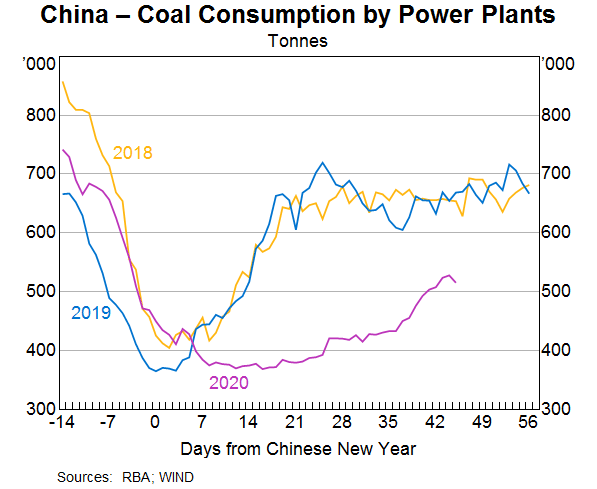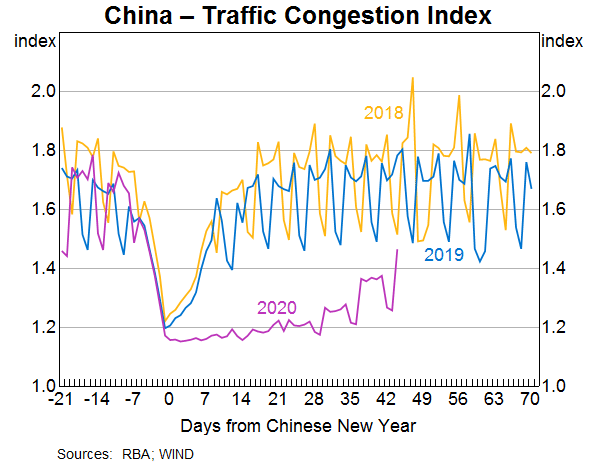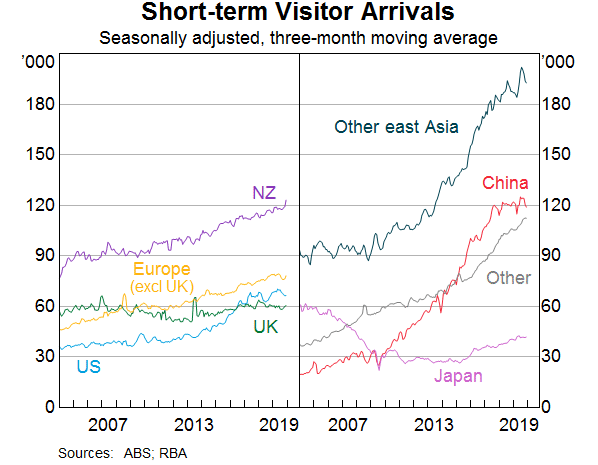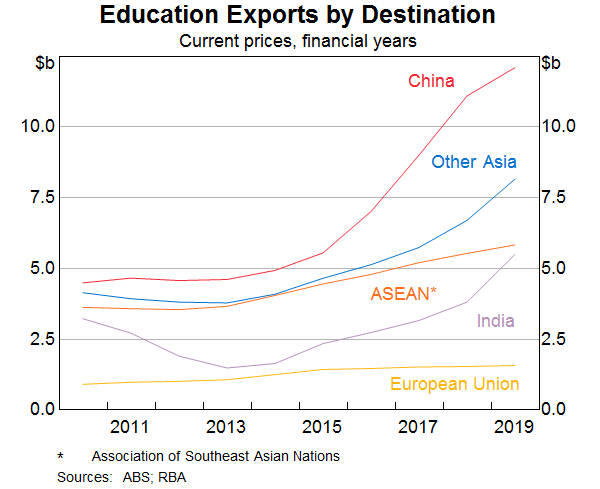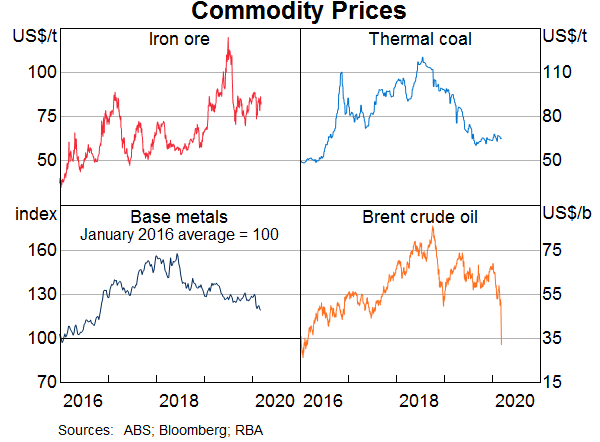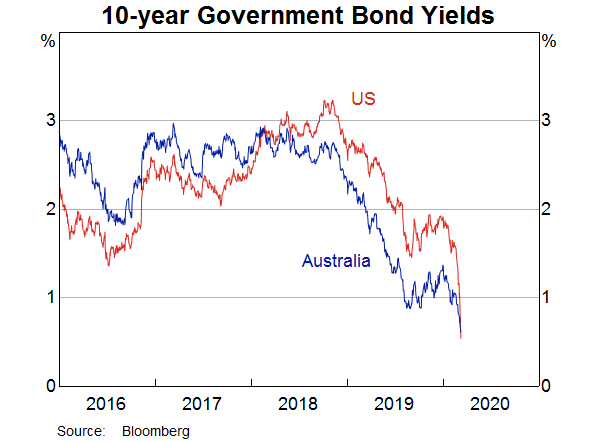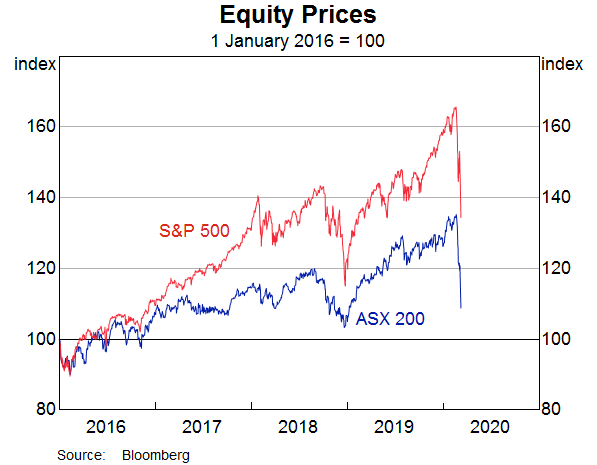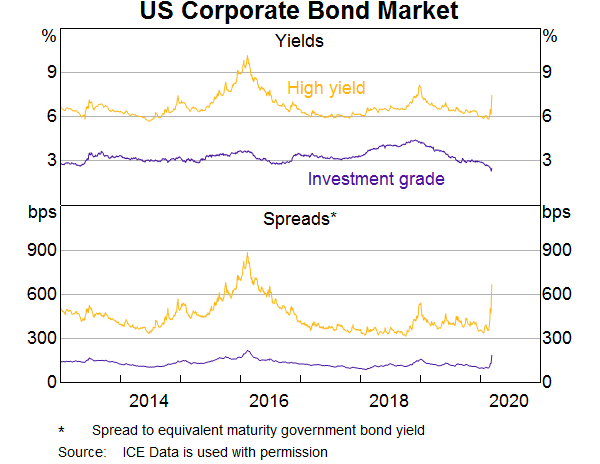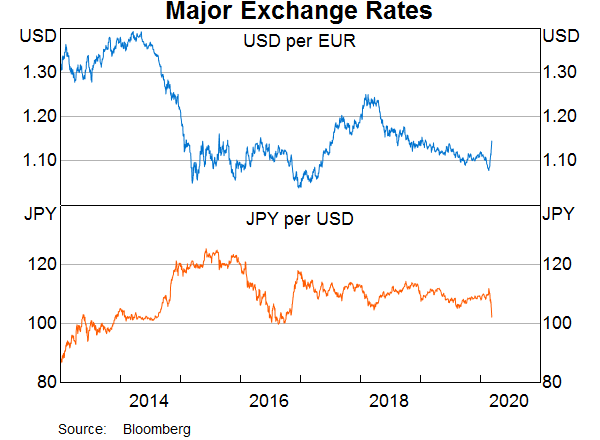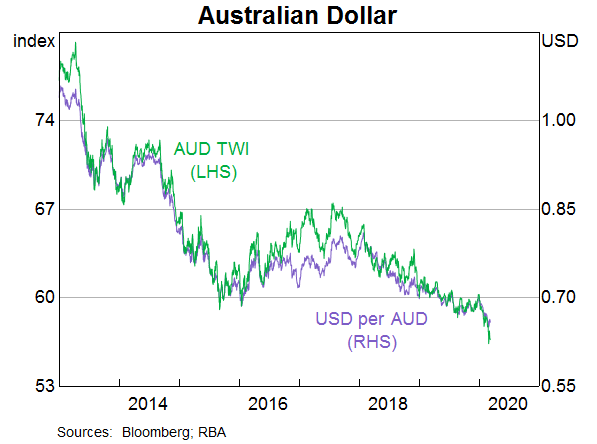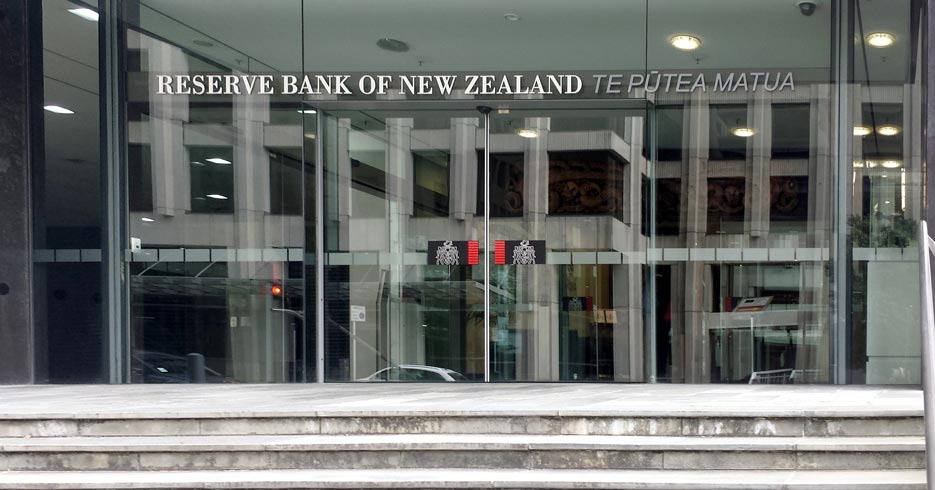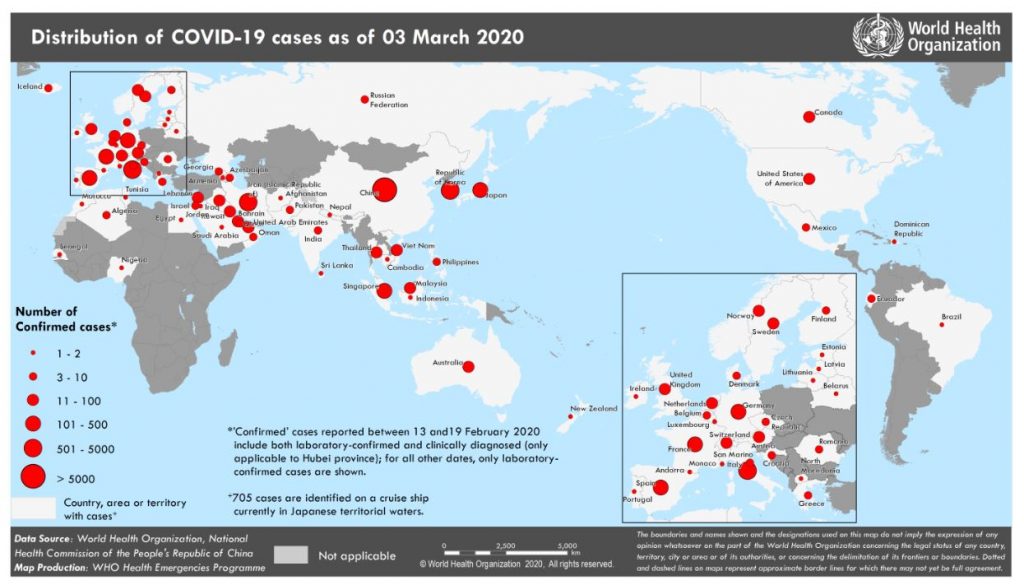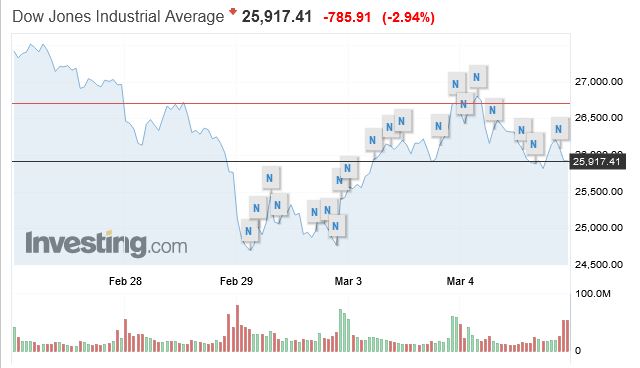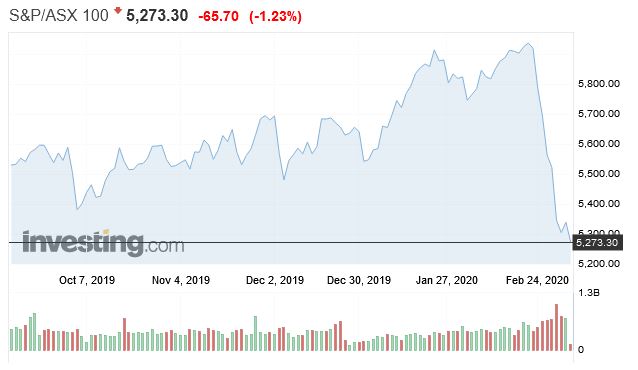Overnight the Bank of England cuts the UK cash rate by 0.5% to 0.25%, cut the banks’ liquidity buffer to zero, and announced extra funding for banks to lend to businesses, all in response to the virus. The Prudential Regulation Authority (PRA) said that banks should not increase dividends or other distributions, such as bonuses, in response to these policy actions.
The Bank is coordinating its actions with those of HM Treasury in order to ensure that initiatives are complementary and that they will, collectively, have maximum impact. The Bank continues to co-ordinate closely with international counterparts. We will discuss the budget spend, also announced today in a separate post.

The bank said that although the magnitude of the economic shock from Covid-19 is highly uncertain, activity is likely to weaken materially in the United Kingdom over the coming months. Temporary, but significant, disruptions to supply chains and weaker activity could challenge cash flows and increase demand for short-term credit from households and for working capital from companies. Such issues are likely to be most acute for smaller businesses. This economic shock will affect both demand and supply in the economy.
At its special meeting ending on 10 March 2020, the Monetary Policy Committee (MPC) voted unanimously to reduce Bank Rate by 50 basis points to 0.25%. The MPC voted unanimously for the Bank of England to introduce a new Term Funding scheme with additional incentives for Small and Medium-sized Enterprises (TFSME), financed by the issuance of central bank reserves. The MPC voted unanimously to maintain the stock of sterling non-financial investment-grade corporate bond purchases, financed by the issuance of central bank reserves, at £10 billion. The Committee also voted unanimously to maintain the stock of UK government bond purchases, financed by the issuance of central bank reserves, at £435 billion.
The reduction in Bank Rate will help to support business and consumer confidence at a difficult time, to bolster the cash flows of businesses and households, and to reduce the cost, and to improve the availability, of finance.
When interest rates are low, it is likely to be difficult for some banks and building societies to reduce deposit rates much further, which in turn could limit their ability to cut their lending rates. In order to mitigate these pressures and maximise the effectiveness of monetary policy, the TFSME will, over the next 12 months, offer four-year funding of at least 5% of participants’ stock of real economy lending at interest rates at, or very close to, Bank Rate. Additional funding will be available for banks that increase lending, especially to small and medium-sized enterprises (SMEs). Experience from the Term Funding Scheme launched in 2016 suggests that the TFSME could provide in excess of £100 billion in term funding.
The TFSME will:
- help reinforce the transmission of the reduction in Bank Rate to the real economy to ensure that businesses and households benefit from the MPC’s actions;
- provide participants with a cost-effective source of funding to support additional lending to the real economy, providing insurance against adverse conditions in bank funding markets;
- incentivise banks to provide credit to businesses and households to bridge through a period of economic disruption; and
- provide additional incentives for banks to support lending to SMEs that typically bear the brunt of contractions in the supply of credit during periods of heightened risk aversion and economic downturns.
To support further the ability of banks to supply the credit needed to bridge a potentially challenging period, the Financial Policy Committee (FPC) has reduced the UK countercyclical capital buffer rate to 0% of banks’ exposures to UK borrowers with immediate effect. The rate had been 1% and had been due to reach 2% by December 2020.
The FPC expects to maintain the 0% rate for at least 12 months, so that any subsequent increase would not take effect until March 2022 at the earliest.
Although the disruption arising from Covid-19 could be sharp and large, it should be temporary. Such economic disruption should have less of an impact on the core banking system than recent stress tests run by the Bank have shown the system can withstand. Those stress tests demonstrated that banks would be able to continue to lend to businesses and households even while absorbing the effects of substantial, prolonged economic downturns in both the UK and the global economies, as well as falls in asset prices much larger than experienced in recent weeks.
Given the resilience of the core banking system, businesses and households should be able to rely on banks to meet their need for credit to bridge through a period of economic disruption.
The release of the countercyclical capital buffer will support up to £190 billion of bank lending to businesses. That is equivalent to 13 times banks’ net lending to businesses in 2019. Together with the TFSME, this means that banks should not face obstacles to supplying credit to the UK economy and to meeting the needs of businesses and households through temporary disruption.
The FPC and the Prudential Regulation Committee (PRC) will monitor closely the response of banks to these measures as well as the credit conditions faced by UK businesses and households more generally.
The release of the countercyclical capital buffer reinforces the expectations of the FPC and the PRC that all elements of banks’ capital and liquidity buffers can be drawn down as necessary to support the economy through this temporary shock. In addition, the Prudential Regulation Authority (PRA) has today set out its supervisory expectation that banks should not increase dividends or other distributions, such as bonuses, in response to these policy actions.
Major UK banks are well able to withstand severe market disruption. They hold £1 trillion of high-quality liquid assets, enabling them to meet their maturing obligations for many months.
In response to the material fall in government bond yields in recent weeks, the PRC invites requests from insurance companies to use the flexibility in Solvency II regulations to recalculate the transitional measures that smooth the impact of market movements. This will support market functioning.
The Bank of England has operations in place to make loans to banks in all major currencies on a weekly basis. Banks have pre-positioned collateral with the Bank of England enabling them to borrow around £300 billion through these facilities.
The actions announced today by the three policy committees of the Bank of England comprise a comprehensive and timely package to allow UK businesses and households to bridge a temporarily difficult period and thereby to mitigate any longer-lasting effects of Covid-19 on jobs, growth and the UK economy.

